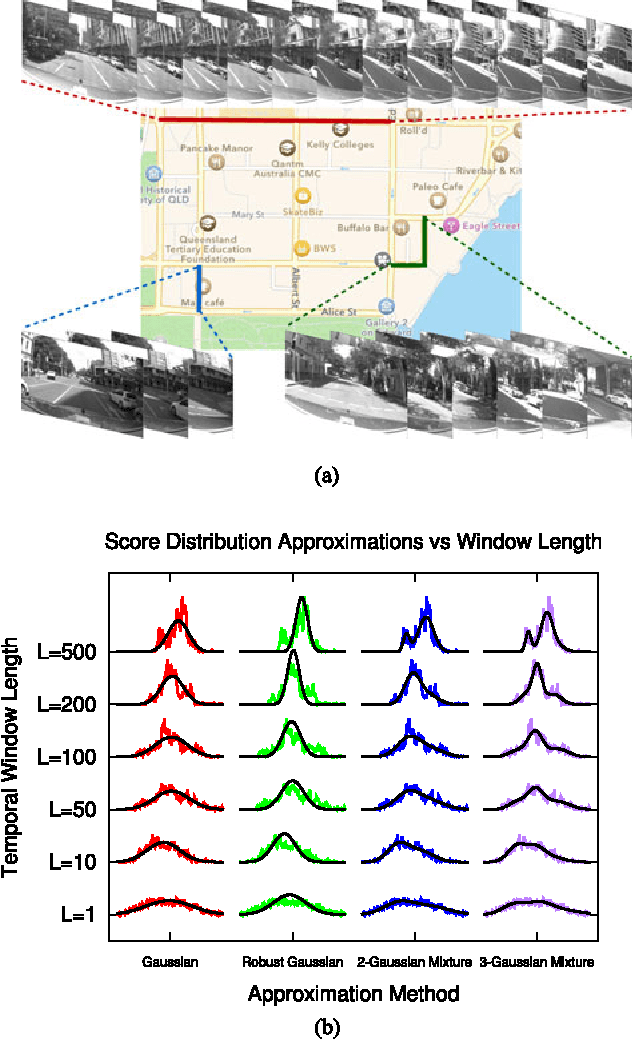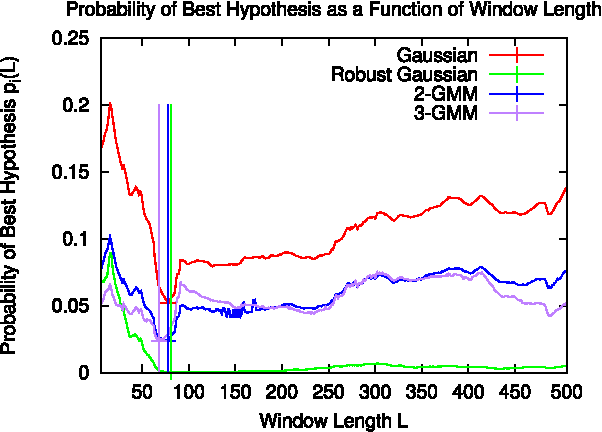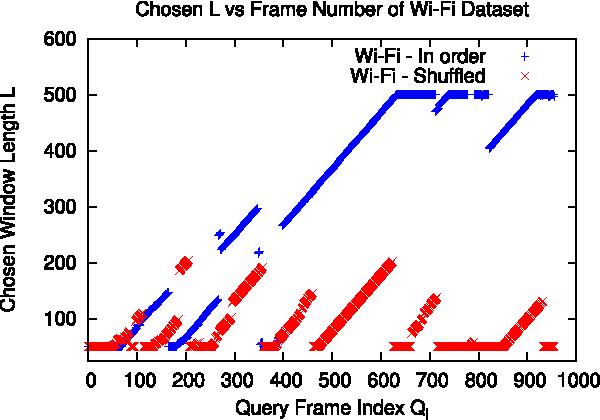Look No Further: Adapting the Localization Sensory Window to the Temporal Characteristics of the Environment
Paper and Code
Jul 24, 2017



Many localization algorithms use a spatiotemporal window of sensory information in order to recognize spatial locations, and the length of this window is often a sensitive parameter that must be tuned to the specifics of the application. This letter presents a general method for environment-driven variation of the length of the spatiotemporal window based on searching for the most significant localization hypothesis, to use as much context as is appropriate but not more. We evaluate this approach on benchmark datasets using visual and Wi-Fi sensor modalities and a variety of sensory comparison front-ends under in-order and out-of-order traversals of the environment. Our results show that the system greatly reduces the maximum distance traveled without localization compared to a fixed-length approach while achieving competitive localization accuracy, and our proposed method achieves this performance without deployment-time tuning.
 Add to Chrome
Add to Chrome Add to Firefox
Add to Firefox Add to Edge
Add to Edge